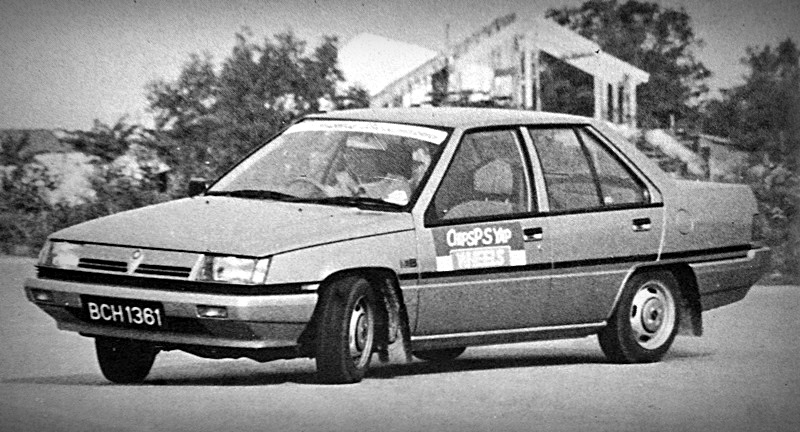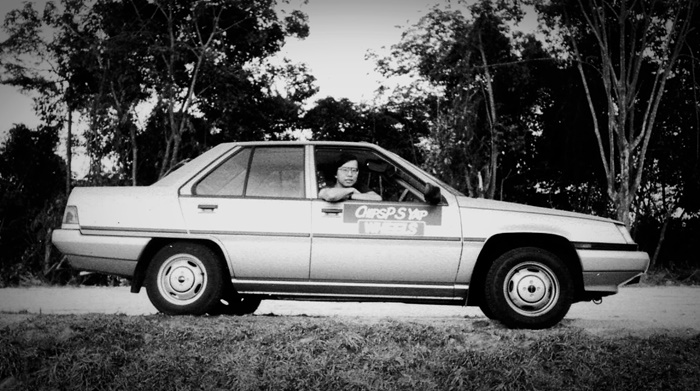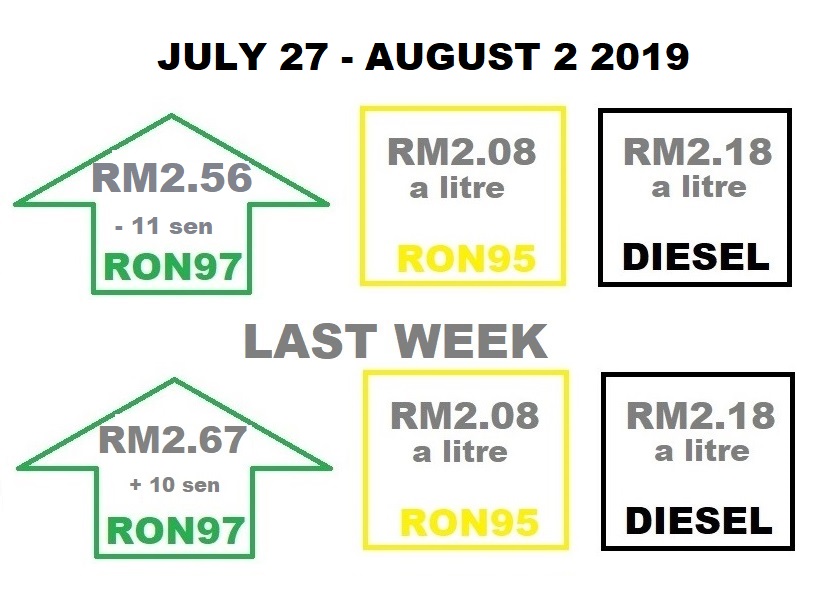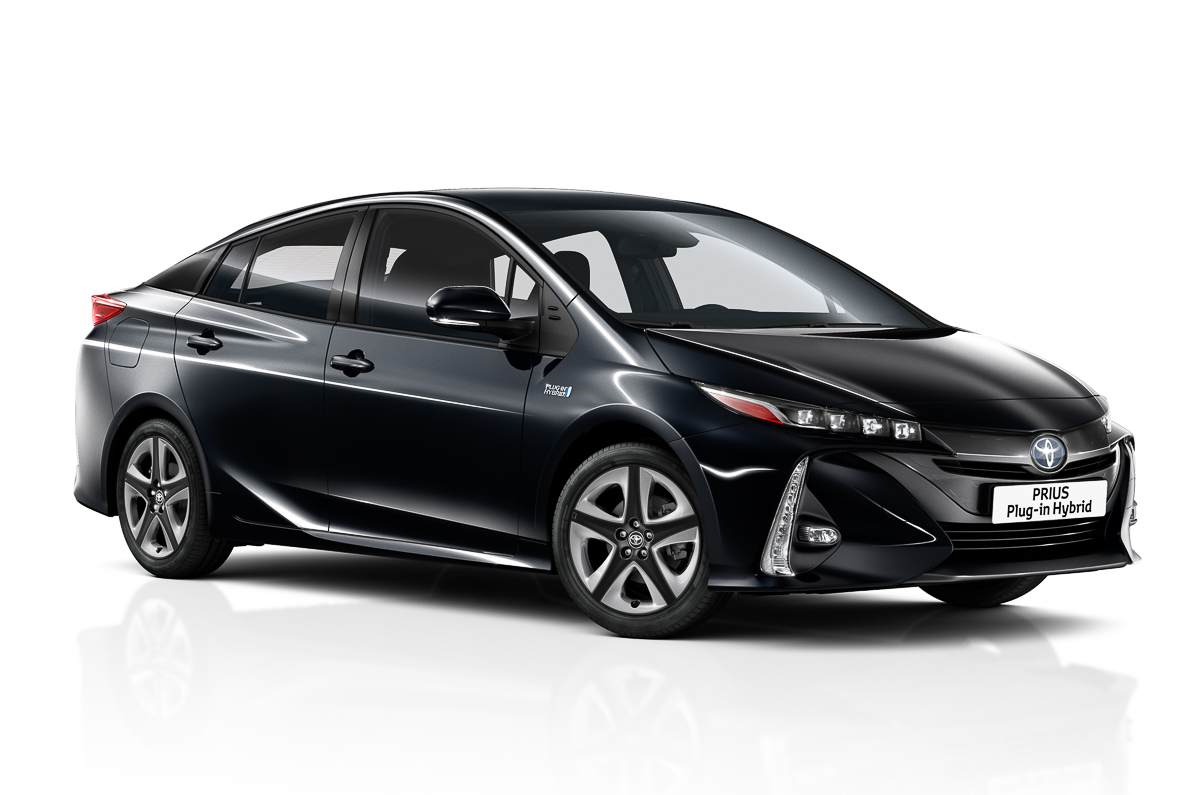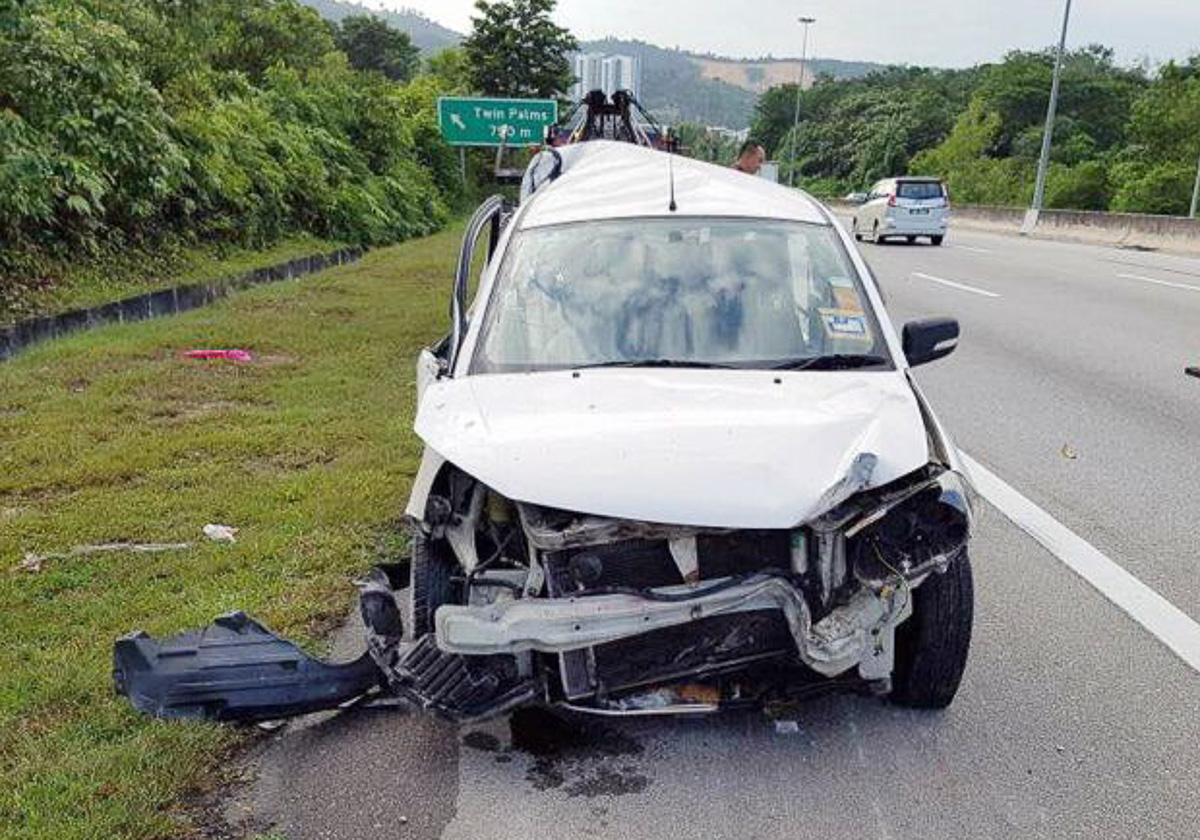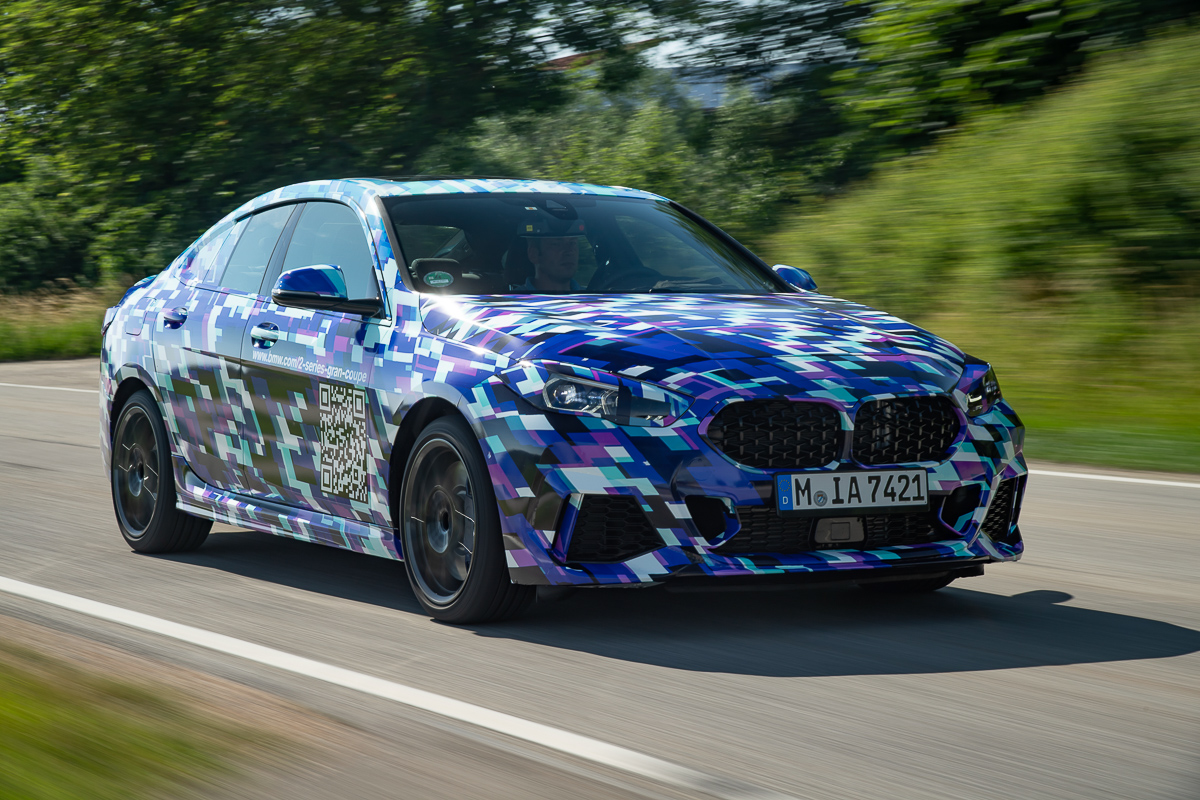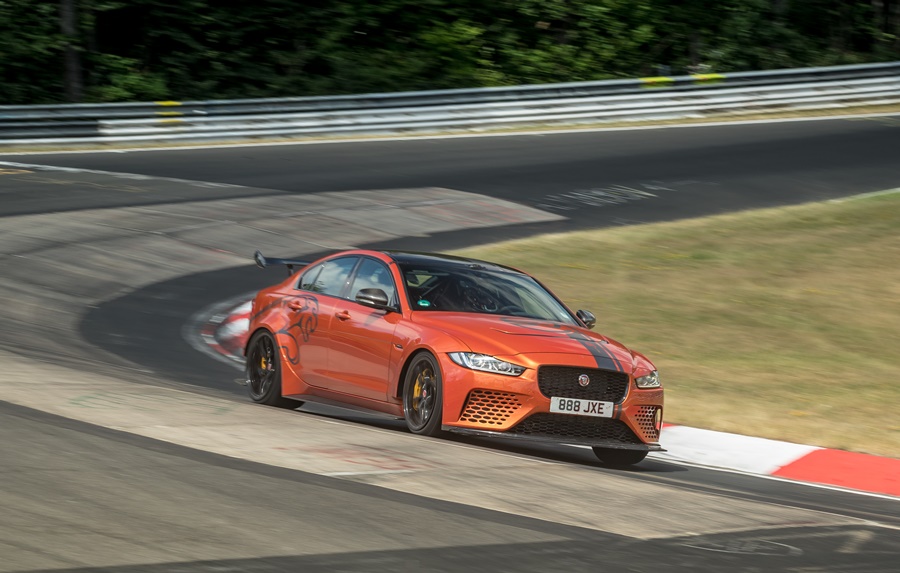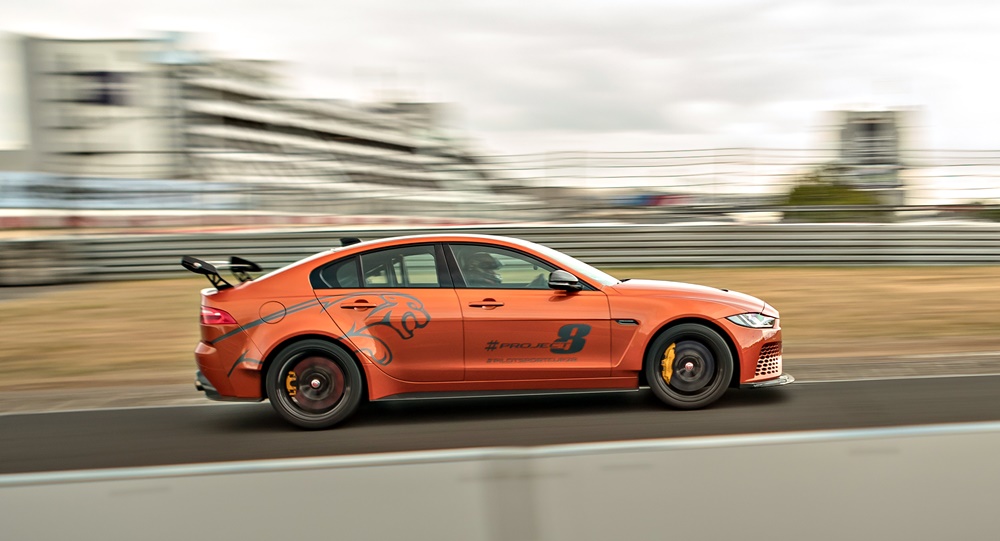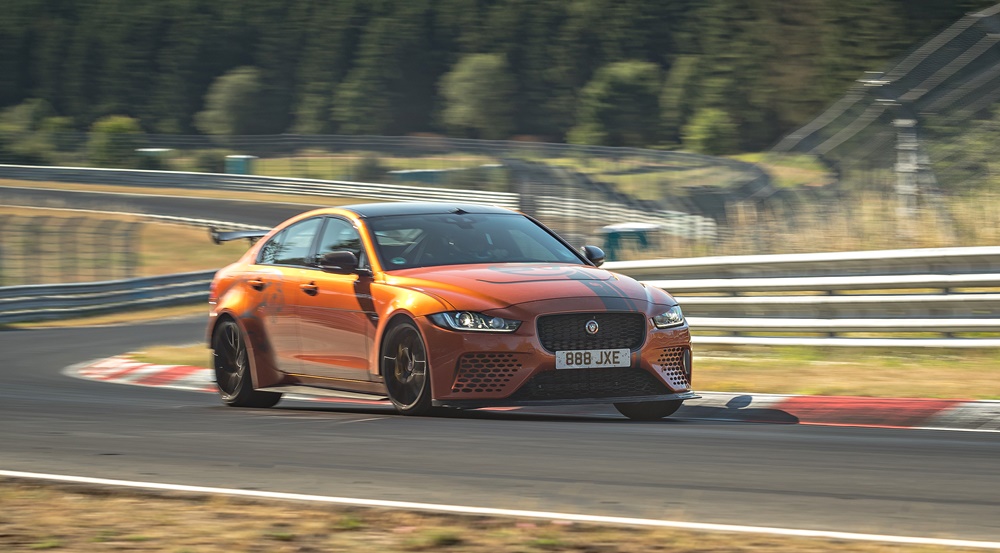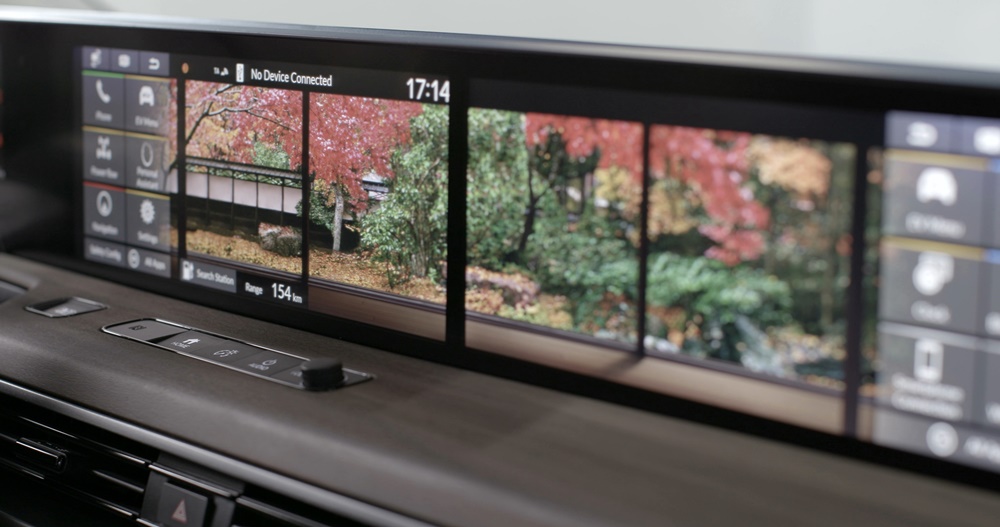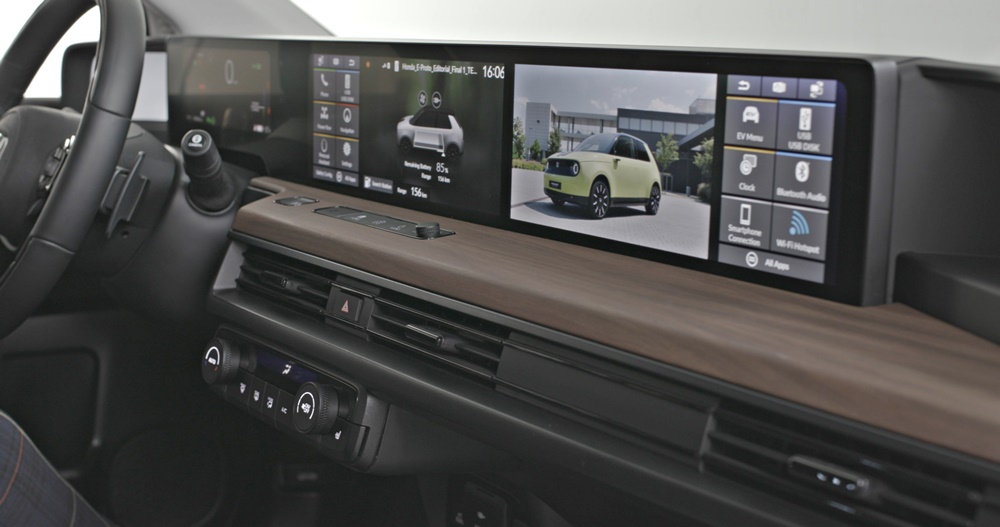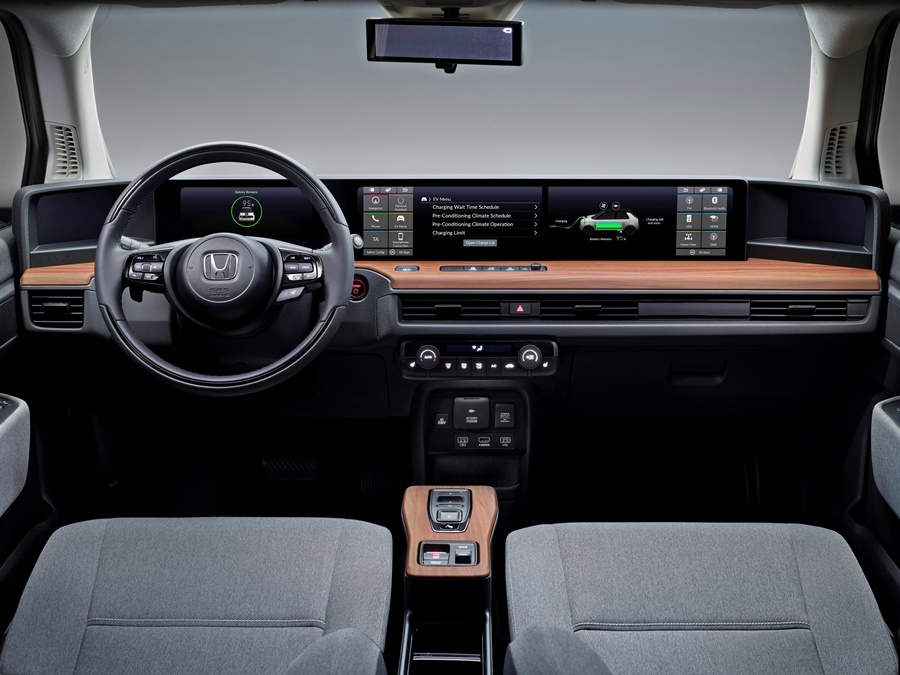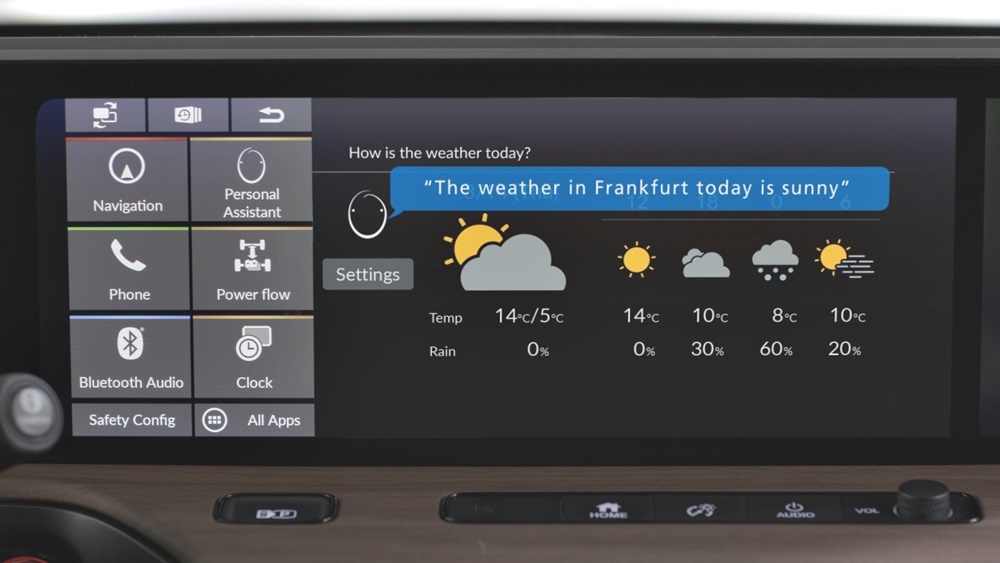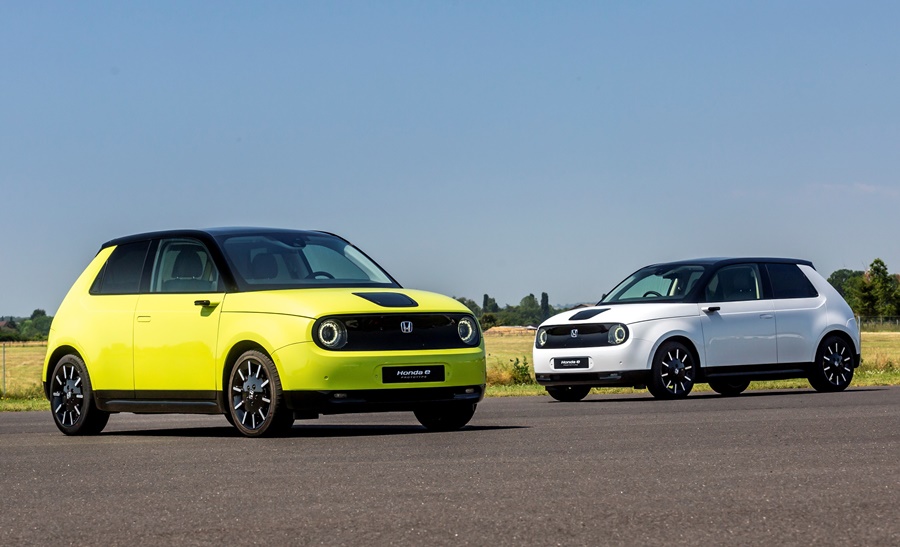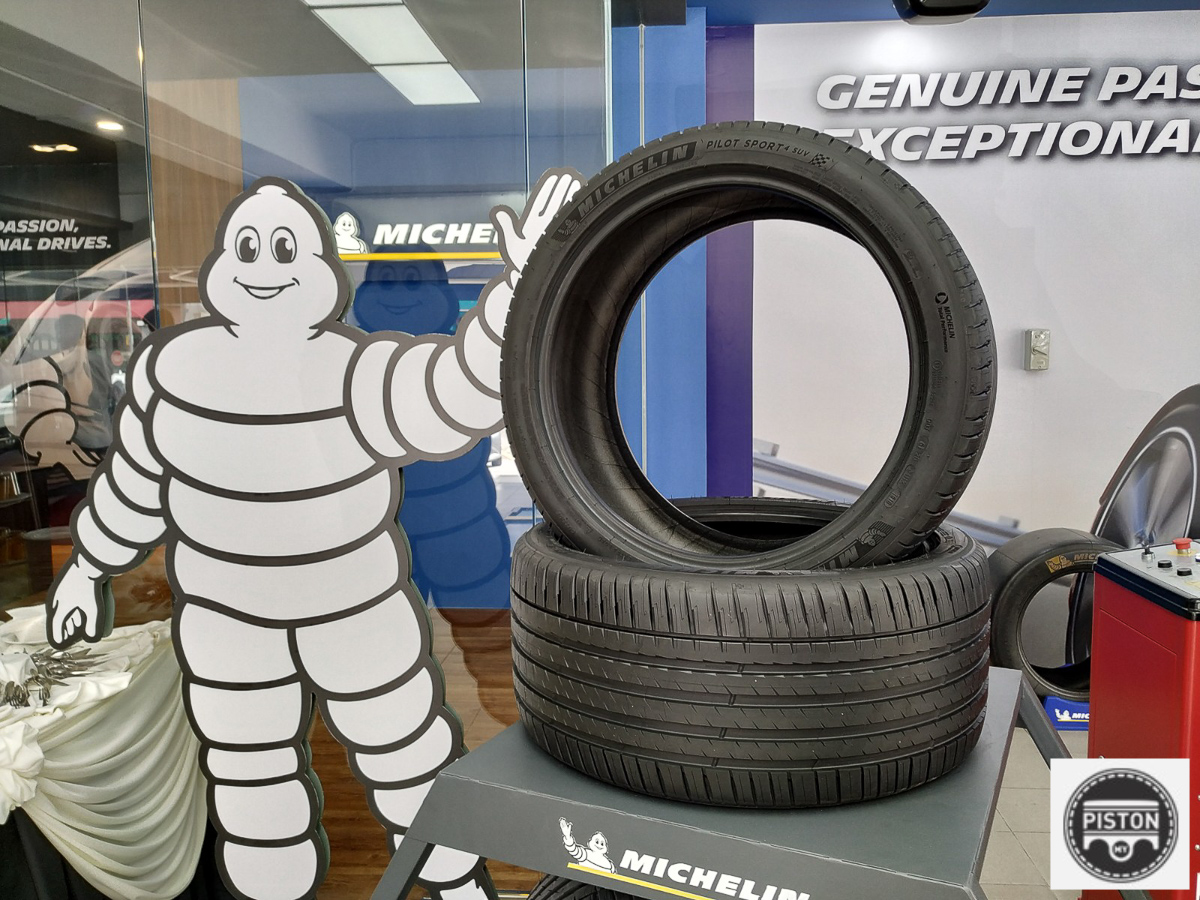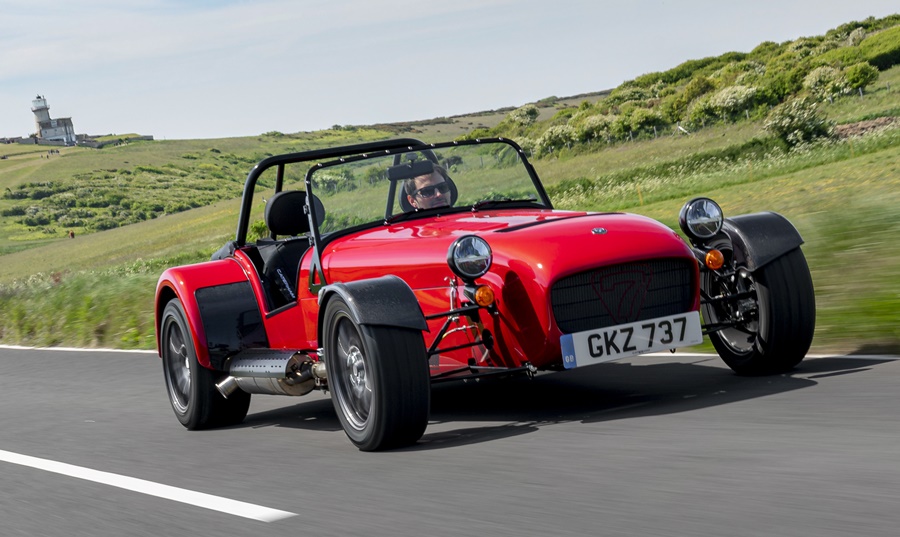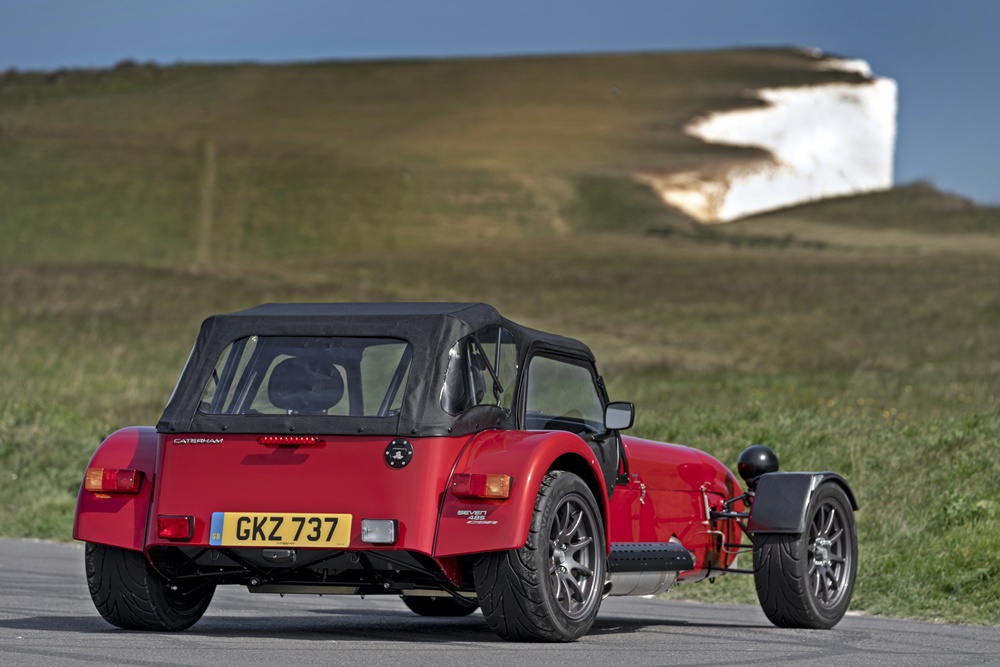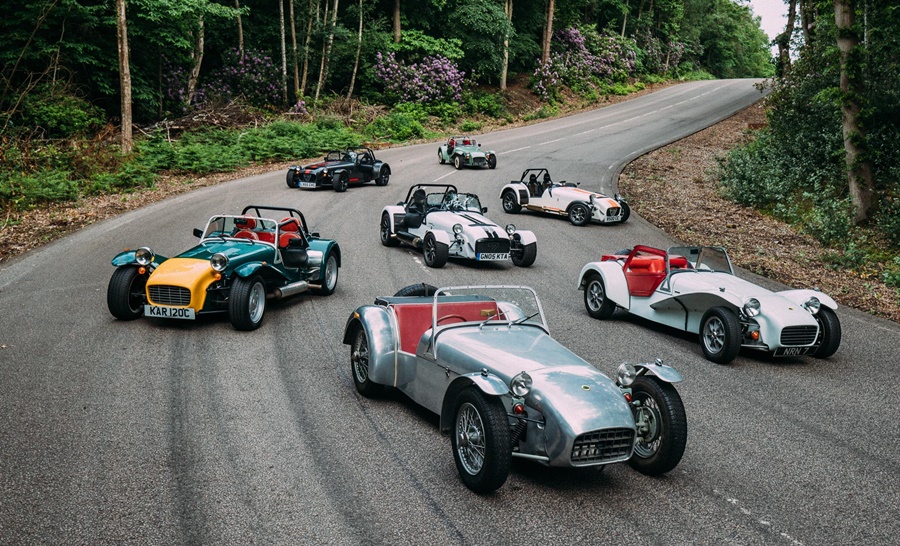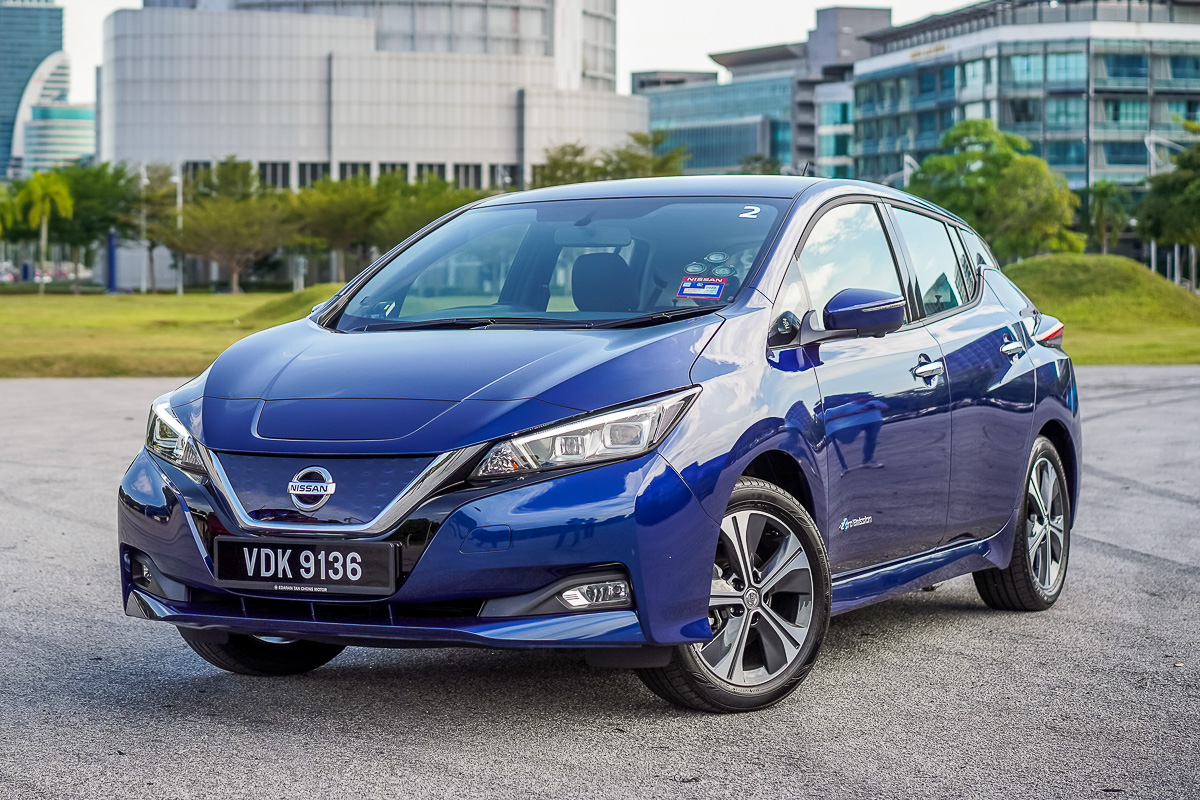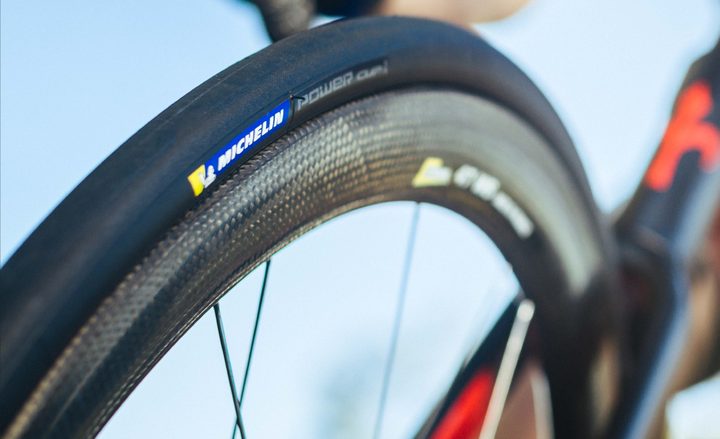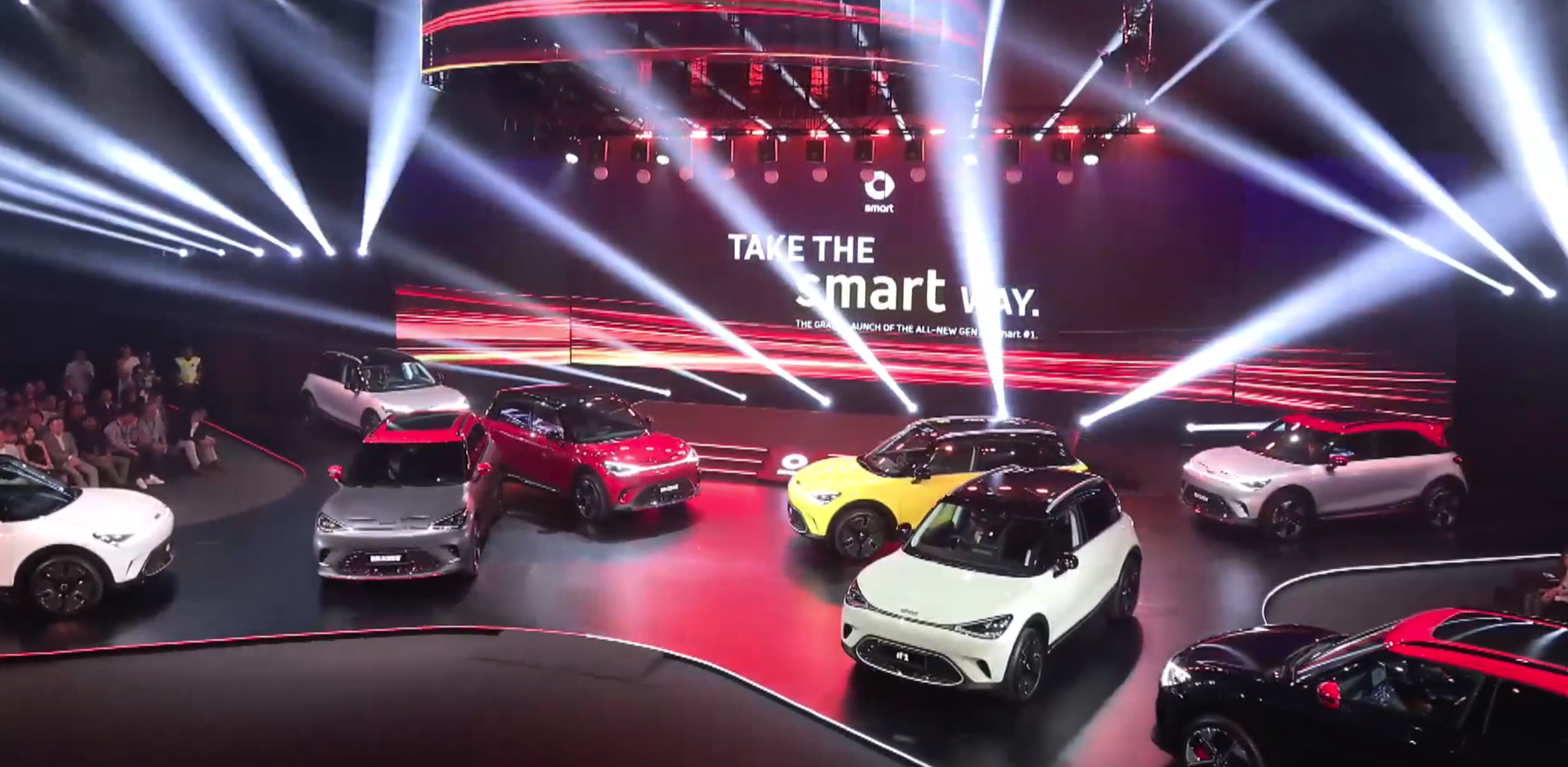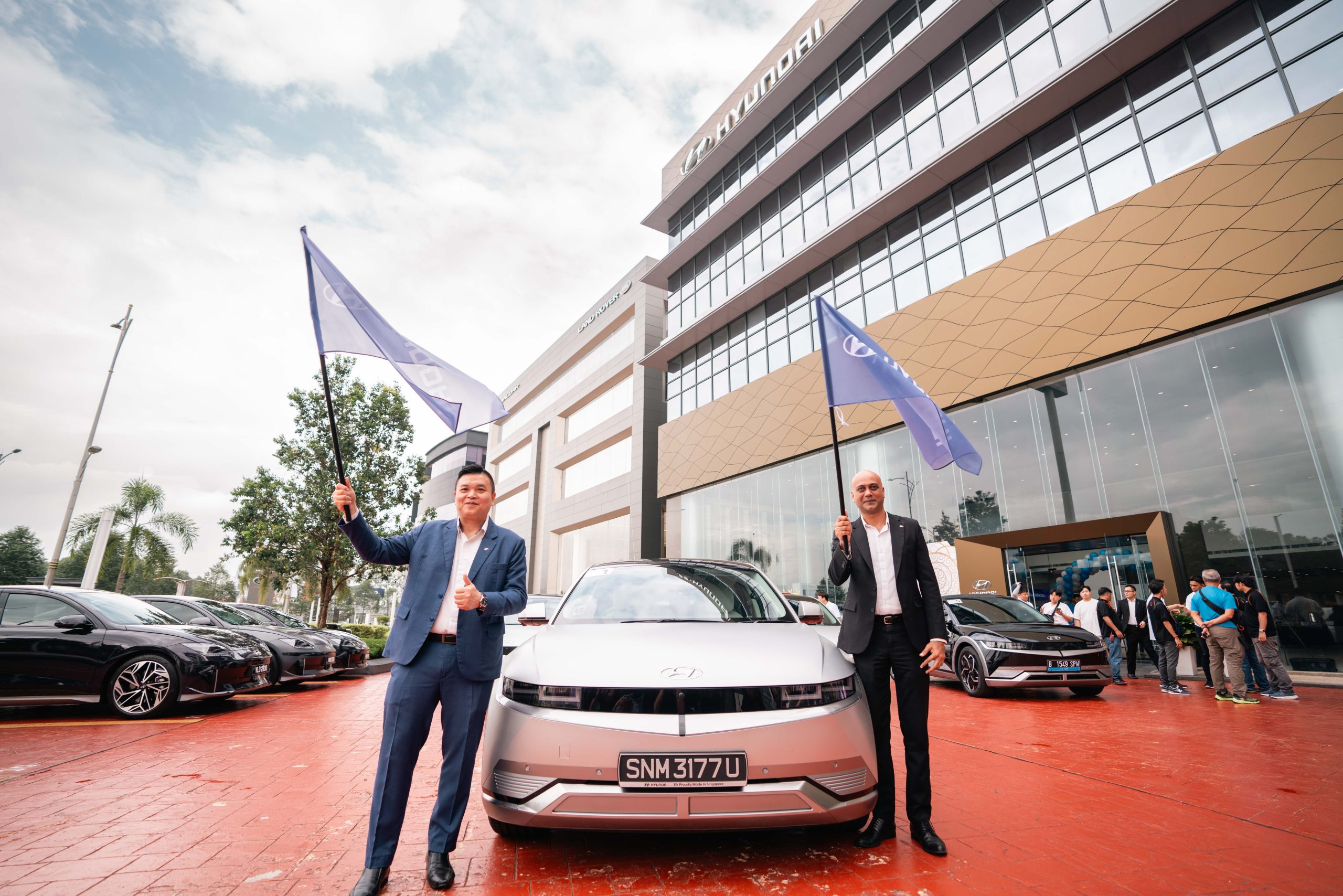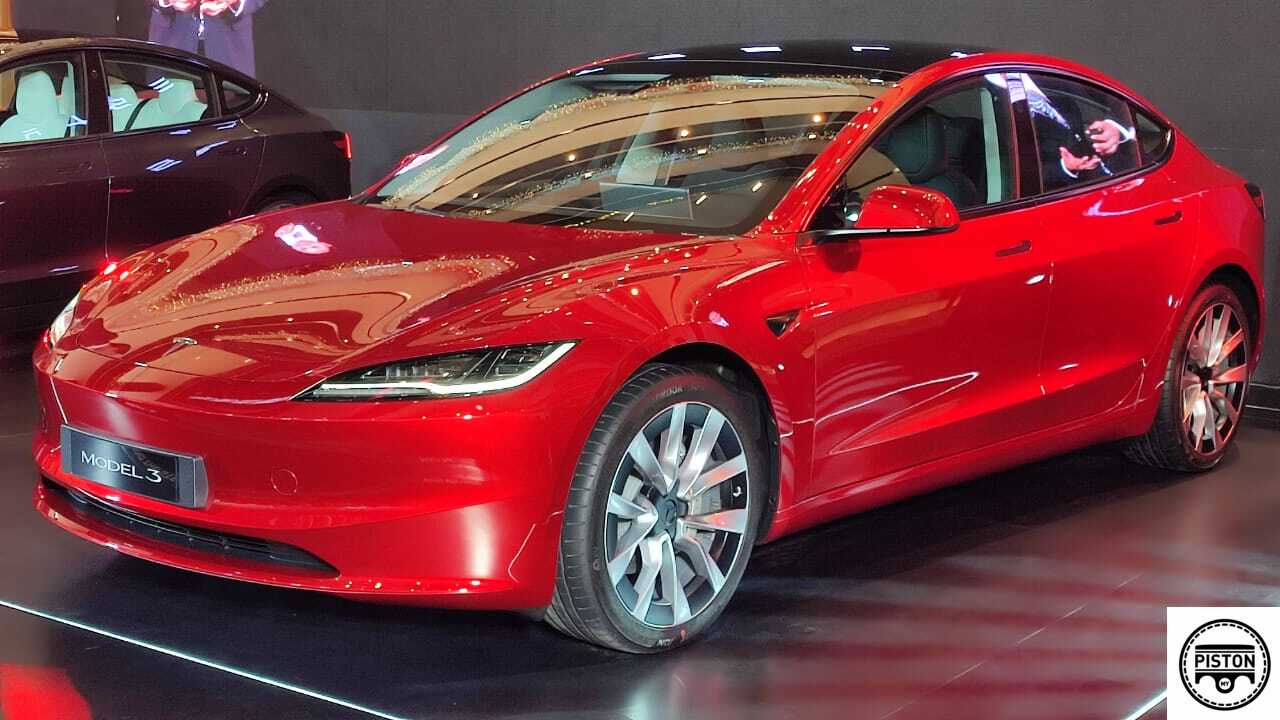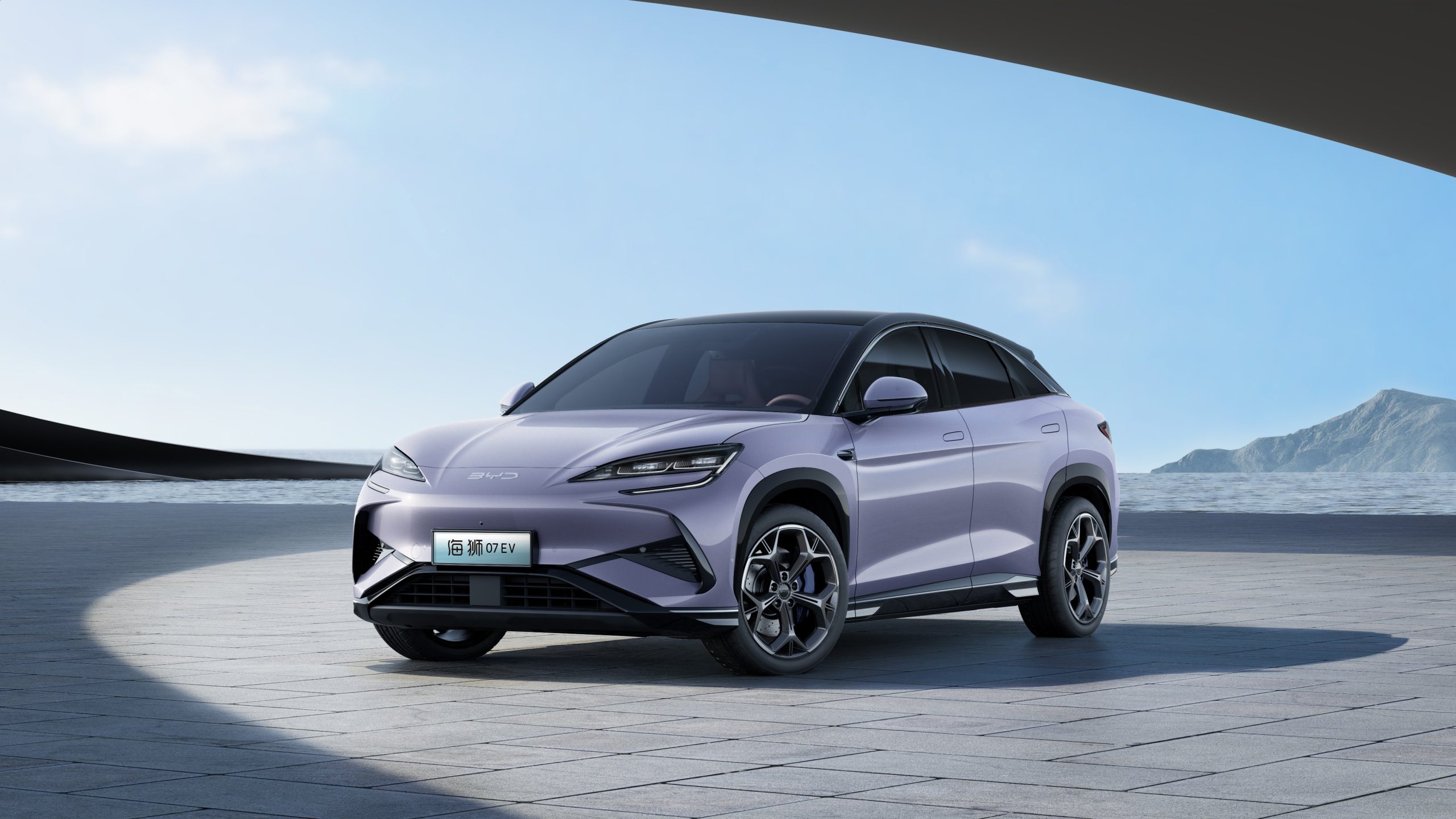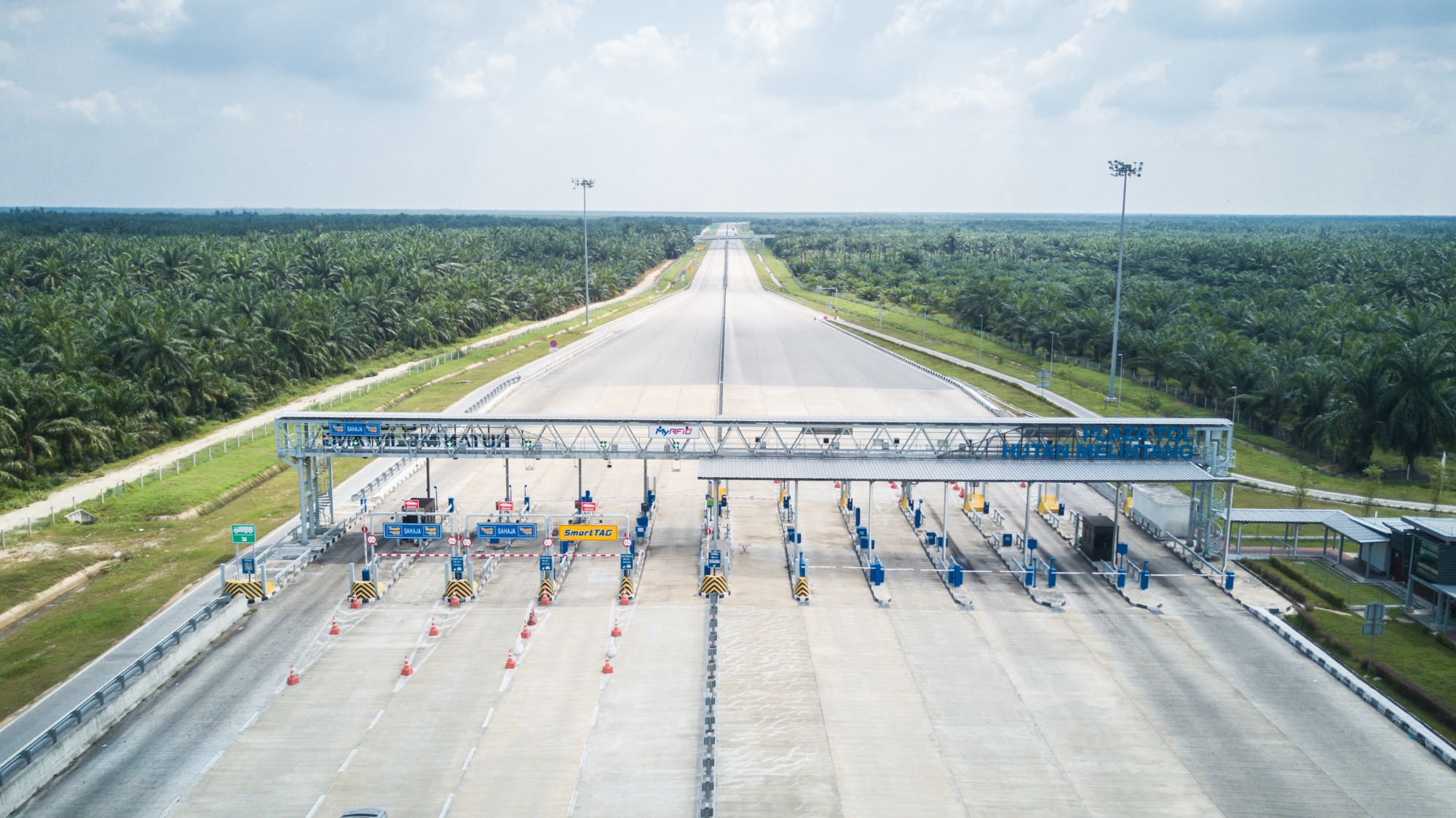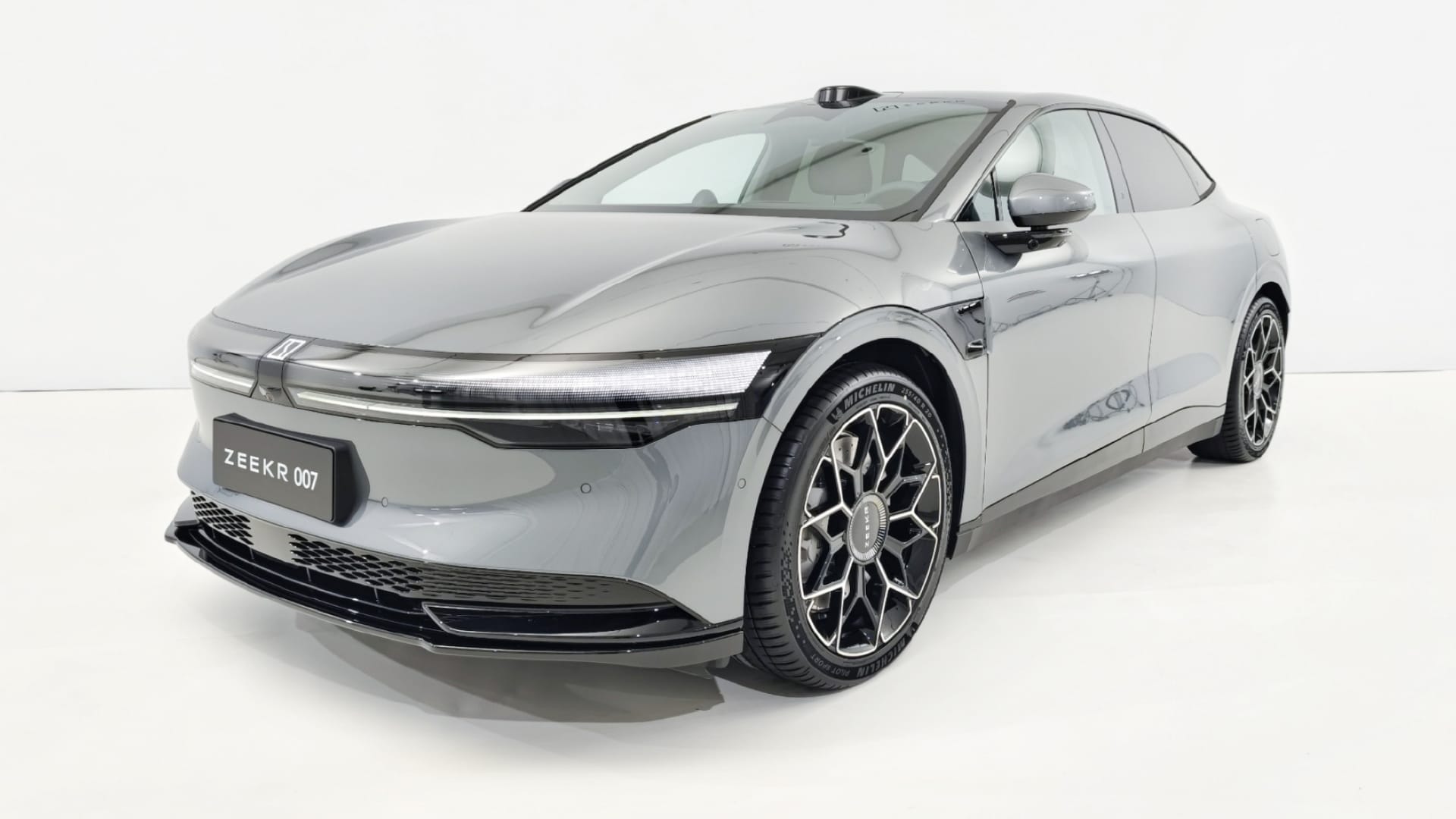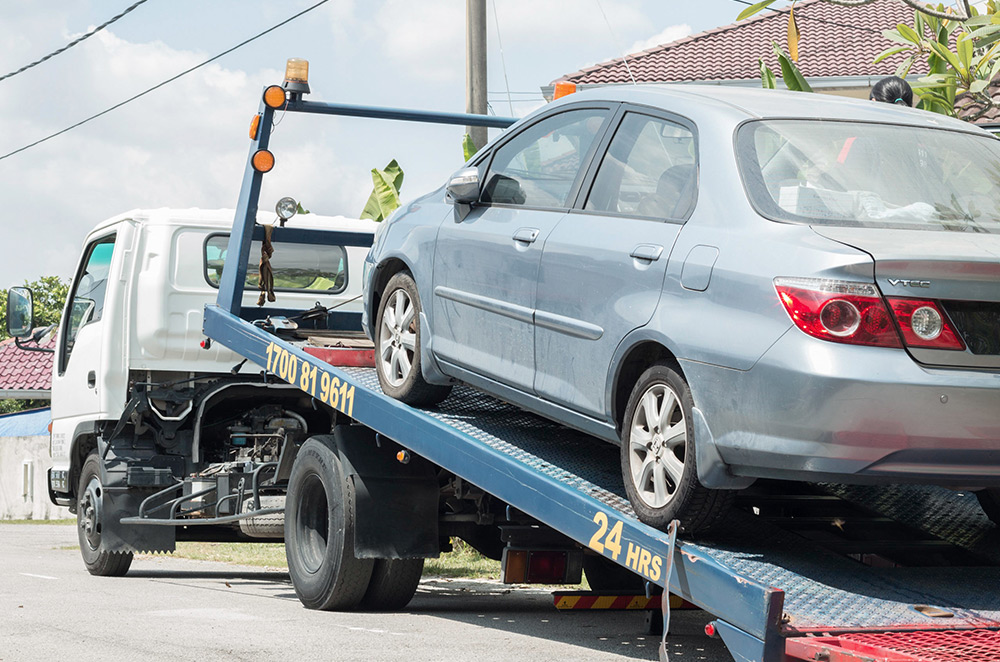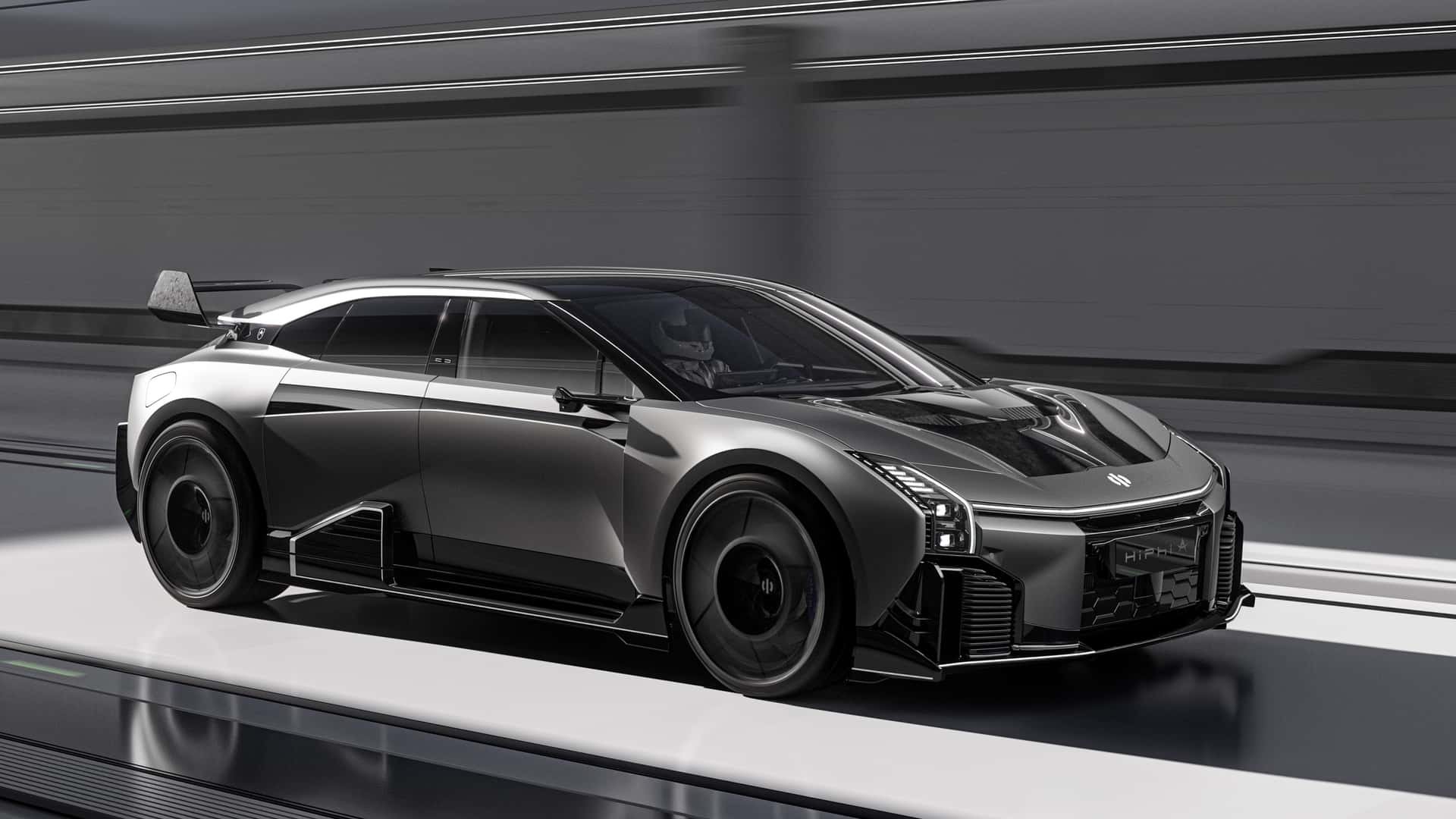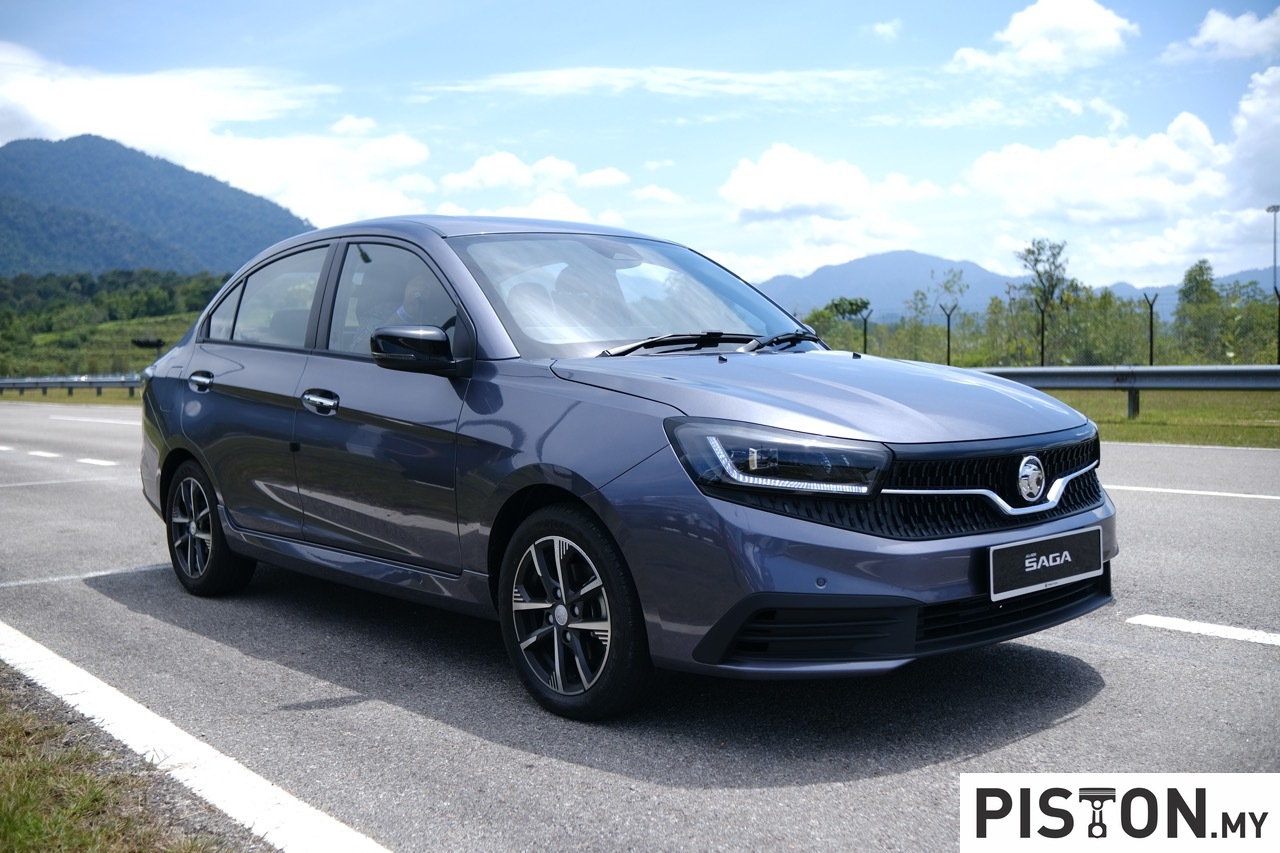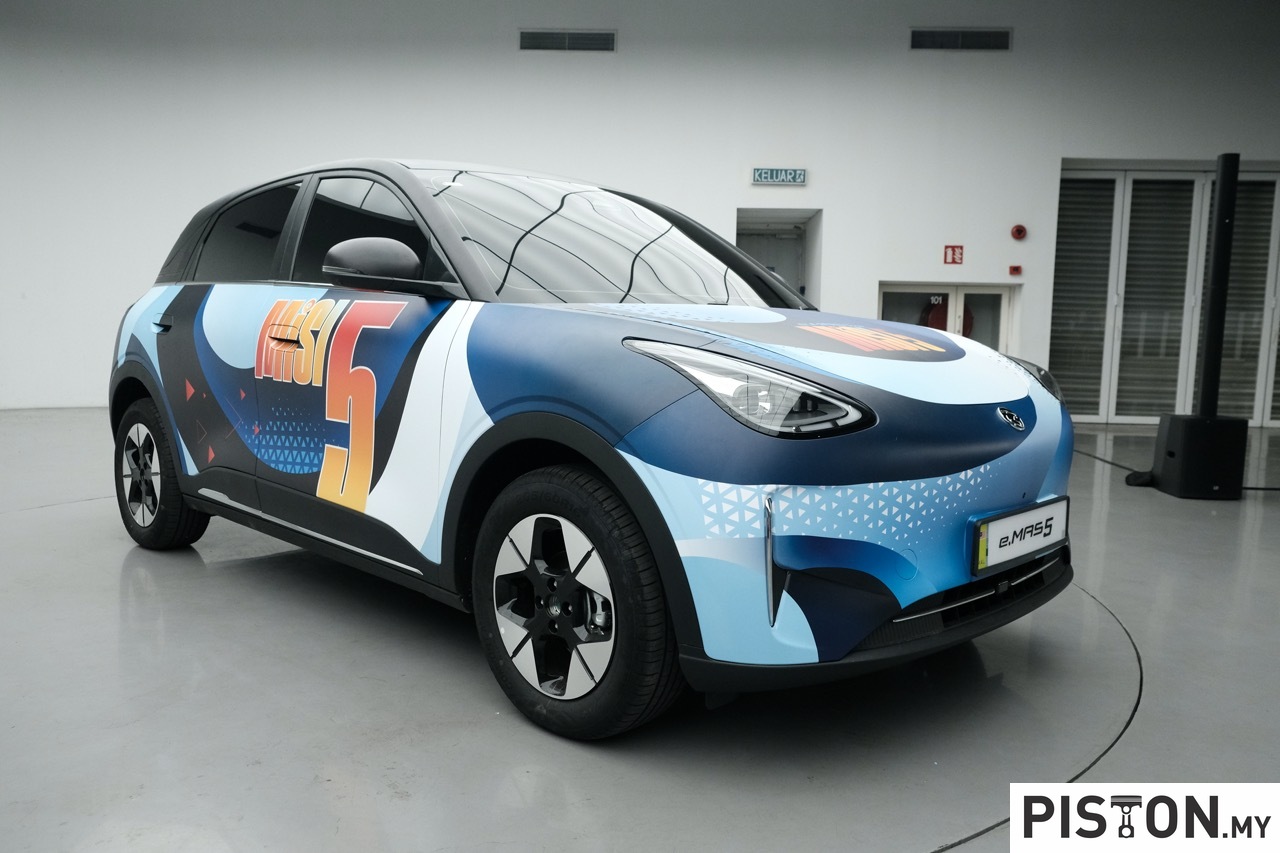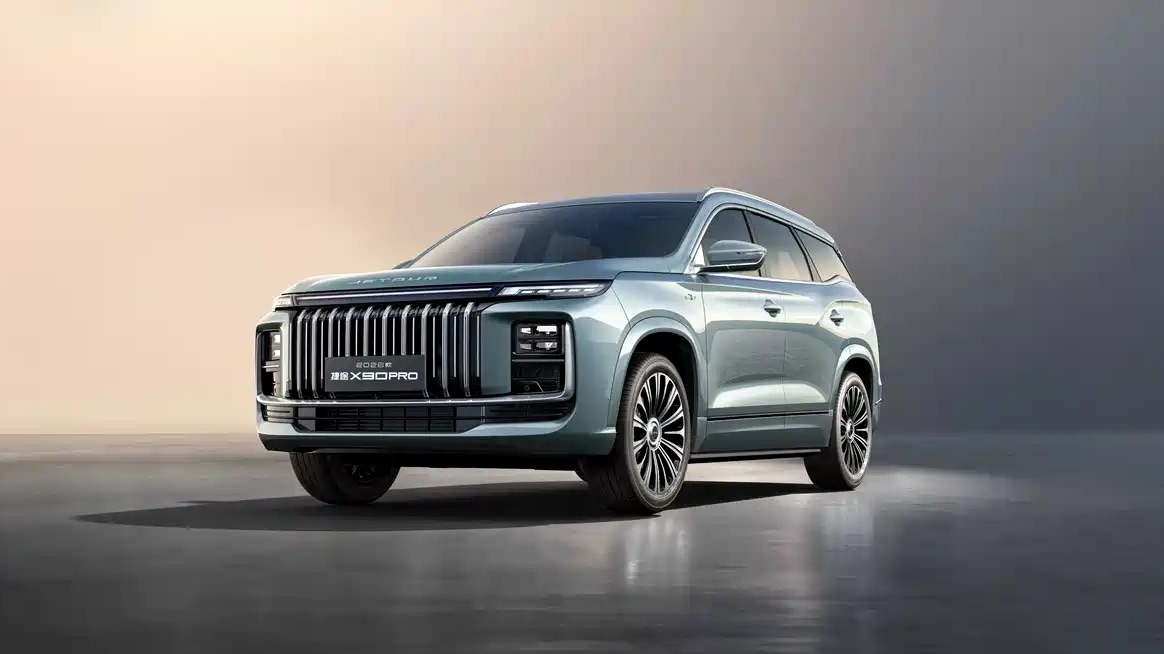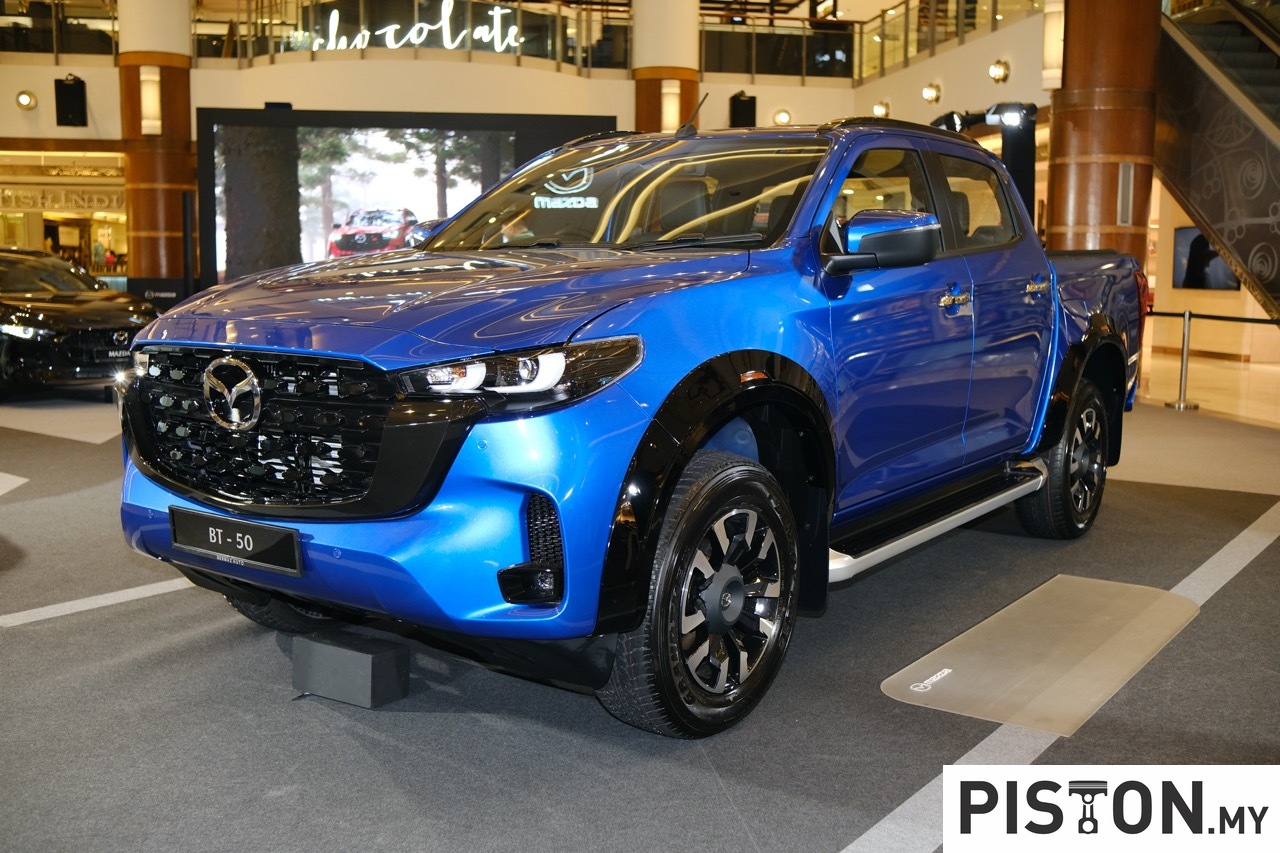With the automobile being over 100 years old, there are obviously lots of anniversaries celebrated every year and for Proton, July is a special month because it was in this month that the first Malaysian National Car was launched. Over the past 34 years, the anniversary has been celebrated in big and small ways although this year, it seems to have been somewhat low-key. Maybe next year will see something special.
My very first encounter with the Proton Saga was actually some weeks before the official launch. I had the honour of being among the first group of people outside Proton and those involved in the project to drive the car before it was in the showrooms. I think there were a dozen of us from the newspapers and auto magazines (no websites and bloggers in 1985) who were offered the exclusive opportunity.

No camouflage, no secrecy
Surprisingly, although the car’s appearance and details had been kept secret for a long time and only two official pictures had been released, by the time our event took place, there seemed to be no more secrecy. Nothing was camouflaged or taped up and we were under no orders to avoid being seen on the roads. In fact, the aim was for us to expose the car to the public as much as possible and report on the comments we picked up. The newspaper guys, with more resources, went further out of the Klang Valley to the rural areas to show off the car. A common question asked was how come we had the cars already when the public was told that they would only be available on September 1.
The event was handled by Edaran Otomobil Nasional (EON) which was set up to handle domestic distribution and marketing. It was separate from Proton, the company manufacturing the cars, and the man who was handpicked by Tun Dr. Mahathir to establish it and run it was the late Datuk Eric Chia (later Tan Sri). His UMW Corporation (in a joint-venture) with Toyota Motor Corporation had also acquired the Toyota franchise two years earlier, so he was deemed to have experience for the job of selling the National Car.
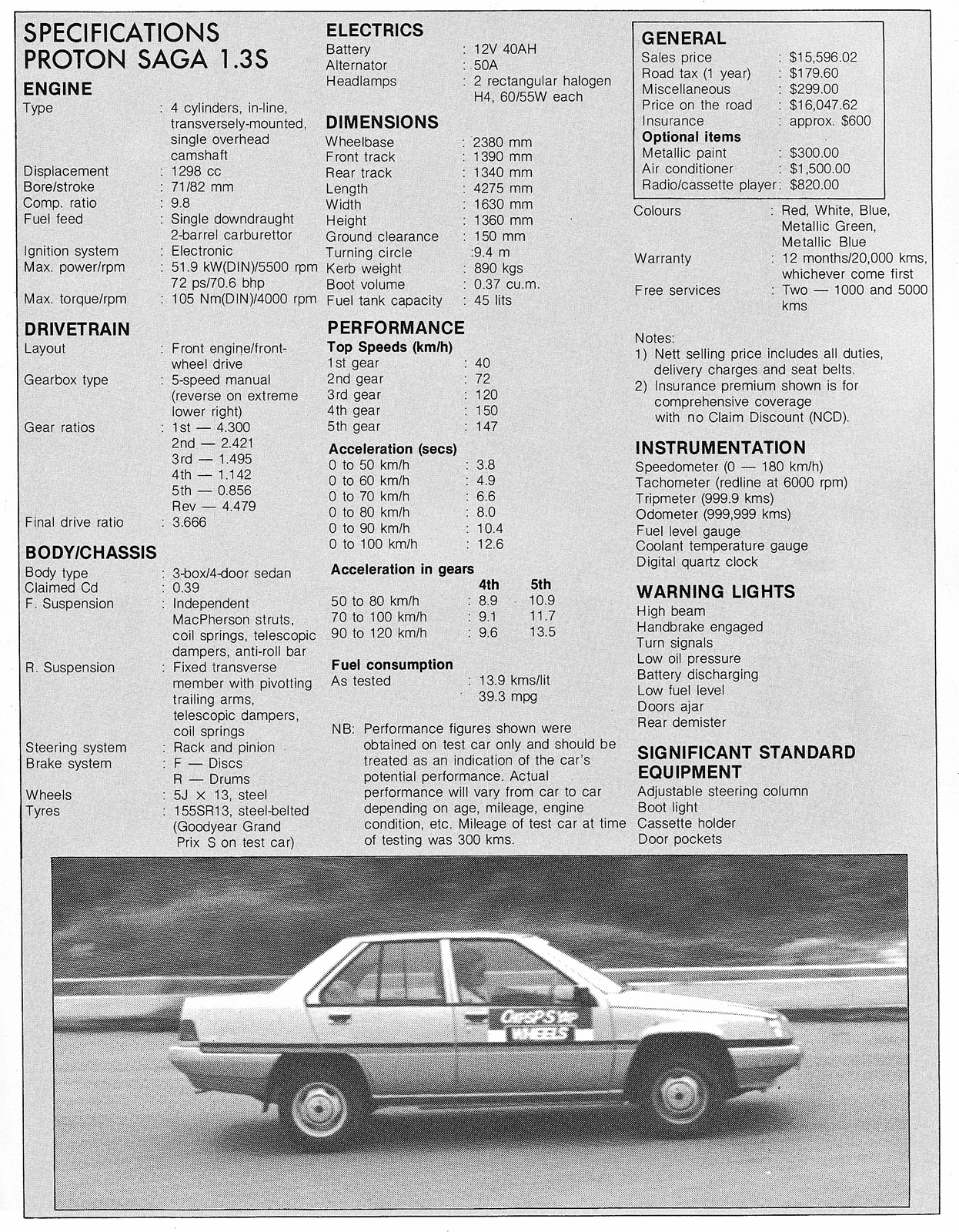
Datuk Eric Chia had an aggressive character and the first press conference we had with him was certainly ‘memorable’. Apart from a general briefing, we had a bit of time to ask some questions and one journalist asked him about the pricing structure and the optional items. Back then, when you bought a car, you generally paid one price and that was it. But with the Saga, the air-conditioner was optional and at that time, other companies were beginning to make it standard. EON probably felt that customers would still prefer to save money than enjoy cool comfort so they gave the option of leaving it out.
The ‘char kuey teow’ explanation
Anyway, the reply by Datuk Chia was what I would call the ‘char kuey teow’ answer because he used the popular fried kuey teow dish as an example. Sounding somewhat infuriated at having to explain what seemed (to him) like a simple thing, he said that when you order a plate of fried kuey teow, you get the basic preparation for one price. If you want an egg or more eggs, you pay more. So, if customers want the air-conditioner, they pay more.
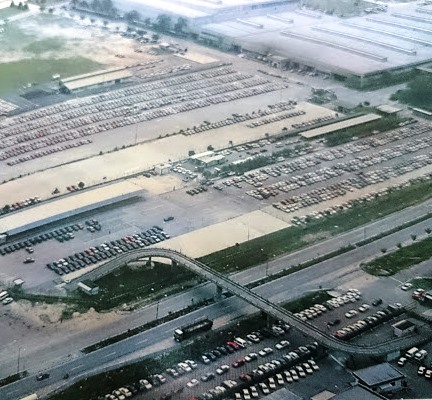
It wasn’t such an issue then but in later years and at least up till the end of the 1990s, this issue of extra-cost options and the ability of customers to reject them would be a controversial subject. The joke was that they were really ‘standard options’!
After the press conference, we went to the cars and each one had the name of the journalist on a giant sticker on either side. I cringed seeing that and my friend, Shariza Hussein, editor of Auto International, later removed it because he too didn’t like the idea. I was a bit more ‘junior’ to him so I didn’t dare do the same thing for fear of getting in the bad books of the EON people at such an early stage!
There was no fanfare for the start-off, just a simple wave of a flag, and we headed out of the gates. The EON office then was just across the road from the factory and many of us went right towards Puchong. Now back in 1985, the road was nothing like it is today. It was still a narrow country road winding between estates but it was a nice road for driving, so we instinctively took it, I guess.
The first incident with the Saga!
Somewhere near the spot where the toll plaza is today, one of the cars spun and we stopped to check. No damage, just a dramatic moment but that was rather odd as there was no oil or gravel. Then someone checked the tyre pressures and they were very high – about 300 kPa when they should have been around 200 or 210 kPa! No wonder the steering felt rather light even though there was no power assistance.
There were two theories why the pressures had not been right. One was that the cars had been rushed over and usually, when cars leave the factory line, they may have high pressures in the tyres if they are going to the stockyard. They may be there a while so if the tyre is kept harder, then it won’t ‘flatten’ at the bottom.
The other theory was that someone felt that since the cars were going to be tested ‘hard’ by journalists, it was better to have higher pressures. After all, that was what was done with the racing cars at Batu Tiga which would have their tyres pumped up to 280 kPa. It’s not dangerous if you are aware but we weren’t and besides, having non-standard pressures would give a wrong impression of the ride comfort too. So we adjusted the pressures to what was recommended and the car felt pretty good.
Unprecedented attention for the car
By that time, I was already 8 years into my career so I had driven many new models. But the amount of attention the Saga got was nothing I had ever seen before (and it didn’t help having my name on the door though I appreciated the little bit of publicity for my magazine, Wheels Malaysia).
Some people even followed me home, normally a worrying thing but I got used to it and to just letting them view the car. I remember one couple said they had asked to see a brochure at the EON showroom but they didn’t have any so they were reluctant to pay the deposit. Then after they saw my testcar, they fell in love with it and said they were going to head to the showroom to pay the deposit as they wanted to be among the first to own one.
The price was a common question and I could only repeat what was speculated in the papers. But it seemed that there was the expectation that as our National Car, it was going to be cheap and therefore good value for money. When the price was revealed, it was RM16,047.62 for the Saga 1.3S.
 It was interesting to watch how people checked out the Saga. There was the typical opening and closing of doors, some slamming hard and giving a nod of approval when they heard a solid enough sound. Some even rocked the car and of course, there was a lot of pressing and touching here and there.
It was interesting to watch how people checked out the Saga. There was the typical opening and closing of doors, some slamming hard and giving a nod of approval when they heard a solid enough sound. Some even rocked the car and of course, there was a lot of pressing and touching here and there.
There were no phones with cameras then, let alone mobilephones, so you didn’t have almost everyone taking pictures. Today, I suppose there would be lots of selfies being taken in such a situation!
There were lots of questions… how powerful, what were the features, what colours were there, were alloy wheels available, how did it feel, was it stable, and so on. Some tried their luck and asked if they could drive it but I had to say no. As it was, I was concerned the public ‘testing’ might break something although the Saga stood up pretty well.
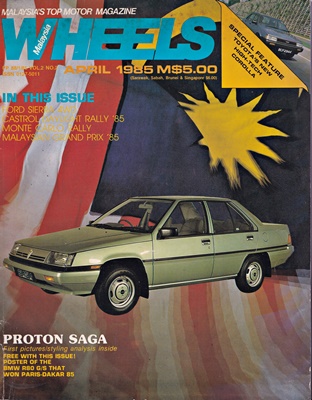
The importance of the National Car project
To be frank, the Saga was a Malaysian National Car, our very first, but it had Japanese since it was adapted from a model sold by Mitsubishi Motors Corporation. There was a fair amount of ‘customisation’ by Malaysian designers and engineers to ‘Malaysianise’ it and it was also just the start when much had to be learnt. The Malaysian public didn’t care, of course, as there was pride that we were able to make our own car.
The Saga was the first product of the National Car project which was to help accelerate the country’s industrialization. It was well known that the auto industry was a good catalyst for such a purpose and it had worked for Germany, Japan and the USA. This industry alone generates millions of jobs upstream and downstream globally, and it also supports the development of ancillary industries. There were critics of the project who felt that our market was not large enough for such a project and they were right but after over 30 years, it is also clear that the National Car project at least helped the auto industry to develop further and be an important contributor to the economy.



